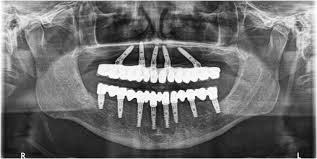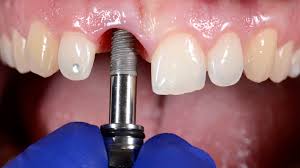
Tilted Dental Implants vs Normal Implants: A Comprehensive Guide at Dental Clinic in Pragathi Nagar
When it comes to restoring missing teeth, dental implants have become one of the most effective and popular solutions. With advancements in dental technology, patients now have various options, including Tilted Dental Implants Treatment in Pragathi Nagar normal implants. Understanding the differences between these two types of implants is crucial for making an informed decision about your dental health. This comprehensive guide will explore the definitions, benefits, and key differences between tilted dental implants and normal implants.
Tilted Dental Implants
Tilted dental implants are designed to be placed at an angle rather than the traditional vertical position. This innovative approach is particularly beneficial for patients with insufficient bone density or height in the jaw, especially in the posterior region. By angling the implants, dentists can take advantage of the denser bone available in the jaw's front part, enhancing the implant's stability and support.
Tilted implants are typically utilised in cases where patients have experienced significant bone loss due to tooth extractions, peri odontal disease, or other dental issues. This technique allows for the placement of implants without requiring extensive bone grafting procedures, making it a less invasive option for many patients. Additionally, tilted implants can often support a fixed prosthesis, such as a bridge or denture, more stably, leading to improved function and aesthetics.
Normal Implants
Normal dental implants, also known as traditional implants, are the standard form of dental implant placement. These implants are inserted vertically into the jawbone, mimicking the natural tooth root. A Normal Implant Treatment in Pragathi Nagar consists of three main components: a titanium post that serves as the root, an abutment that connects the post to the crown, and a crown that serves as the visible part of the tooth. Traditional implants are suitable for most patients with adequate bone structure and health. The procedure involves placing the implant into the jawbone, allowing it to integrate with the bone over time through a process called osseointegration. Once the implant is securely fused with the bone, a custom crown is attached, restoring the appearance and function of the missing tooth.
Key Differences Between Tilted Dental Implants and Normal Implants
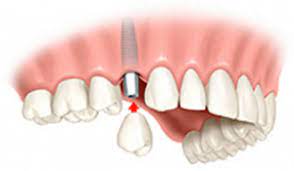
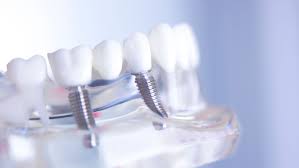
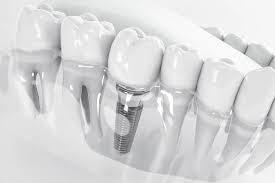
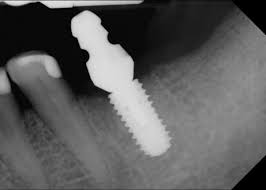
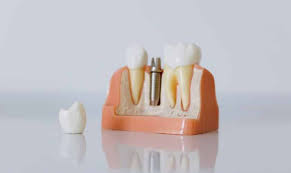
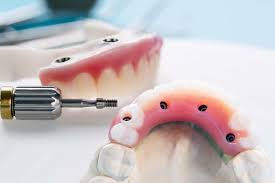
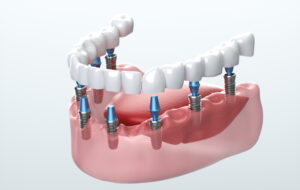
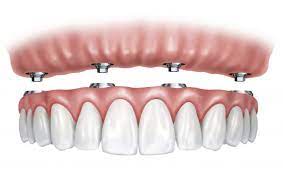
1. Placement Angle:
The most significant difference between tilted and normal implants is the angle at which they are placed. Tilted implants are inserted at an angle to maximise the use of available bone, while normal implants are placed vertically.
2. Bone Requirements:
Tilted implants are ideal for patients with insufficient bone height or density. The angled placement allows them to utilise denser bone, reducing the need for bone grafting. In contrast, normal implants require sufficient vertical bone height for successful placement.
3. Indications:
Tilted implants are often recommended for patients with significant bone loss, particularly in the back of the jaw. They can also be beneficial for those who have had previous dental work that complicates traditional implant placement. Normal implants are typically suitable for a wider range of patients with healthy bone structures.
4. Procedure Complexity:
The placement of tilted implants may require a more complex surgical technique and advanced imaging to ensure proper angling. Normal implants involve a more standardised procedure that most dental professionals are familiar with.
5. Success Rates:
Both tilted and normal implants have high success rates, Tilted dental implants are inserted at an angle to maximise the use of available bone, while normal implants are placed vertically. However, individual factors such as bone quality, oral hygiene, and the patient's overall health can influence outcomes. Therefore, it's crucial to consult the Best Dentists in Pragathi Nagar. Tilted implants, when properly placed, can offer similar success rates to traditional implants, especially in patients with compromised bone.
6. Recovery Time:
Recovery times for both types of implants are generally similar, though tilted implants may require closer monitoring due to their placement angle. Patients can typically return to normal activities within a few days, but full integration and healing can take several months.
7. Cost:
The cost of tilted implants may be slightly higher than traditional implants due to the specialised techniques and materials used. However, the overall investment may be worthwhile for patients avoiding additional procedures like bone grafting.
Suggestions for Patients Considering Implants
• Consultation: Schedule a consultation with a qualified dental professional at the Best Dental Clinic in Pragathi Nagar to assess your specific dental needs and determine the most suitable option.
• Bone Health Assessment: Discuss your bone health with our Dental Hospital in Pragathi Nagar, as this will play a significant role in deciding between tilted and normal implants.
• Ask About Options: Inquire about all available implant options, including the potential need for bone grafting or sinus lifts if considering traditional implants.
• Understand Costs: Get a detailed breakdown of the costs associated with both types of implants to help you make an informed financial decision.
• Post-Procedure Care: Follow all aftercare instructions provided by your dental team to ensure a smooth recovery and the success of your implants.
• Long-Term Planning: Consider your long-term dental health goals and how each implant type fits into your overall treatment plan.
